Before Paris’s Iron Lady became everyone’s favorite photo backdrop, other monuments captured the world’s imagination. These architectural wonders drew travelers from across the globe and inspired countless postcards, only to fade from popular memory as times changed.
Let’s rediscover some places that once made the Eiffel Tower jealous. These landmarks were the social media stars of their day, even if modern tourists might walk right past them without a second glance.
Crystal Palace
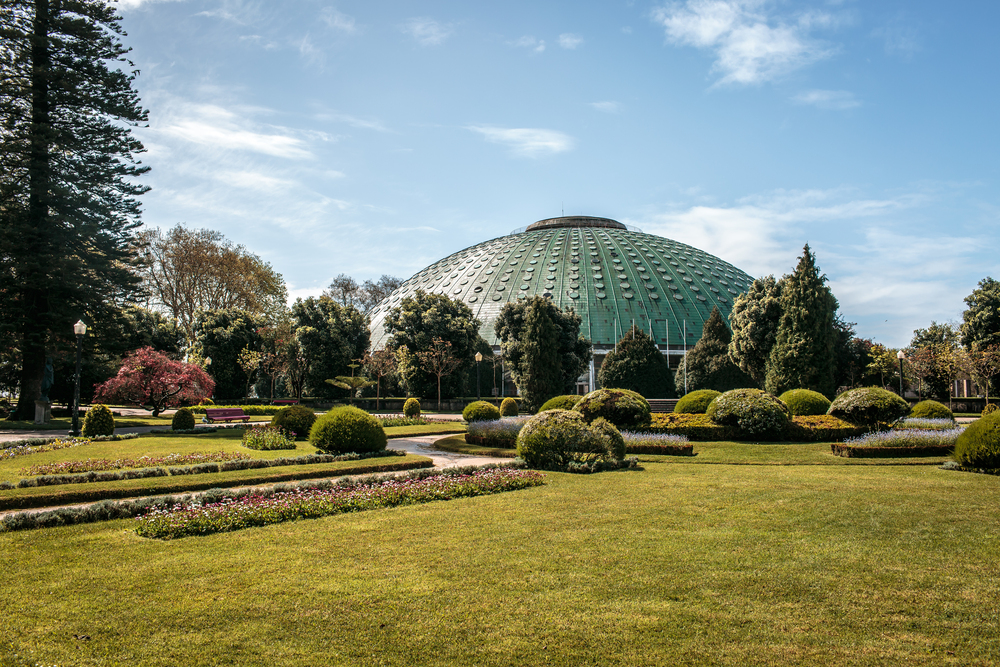
London’s glass wonder made the Eiffel Tower look small and plain when it opened in 1851. People traveled across oceans just to see sunlight play through its giant glass walls.
Queens, emperors, and millions of others marveled at this building until fire turned it into legend in 1936.
Temple of Artemis
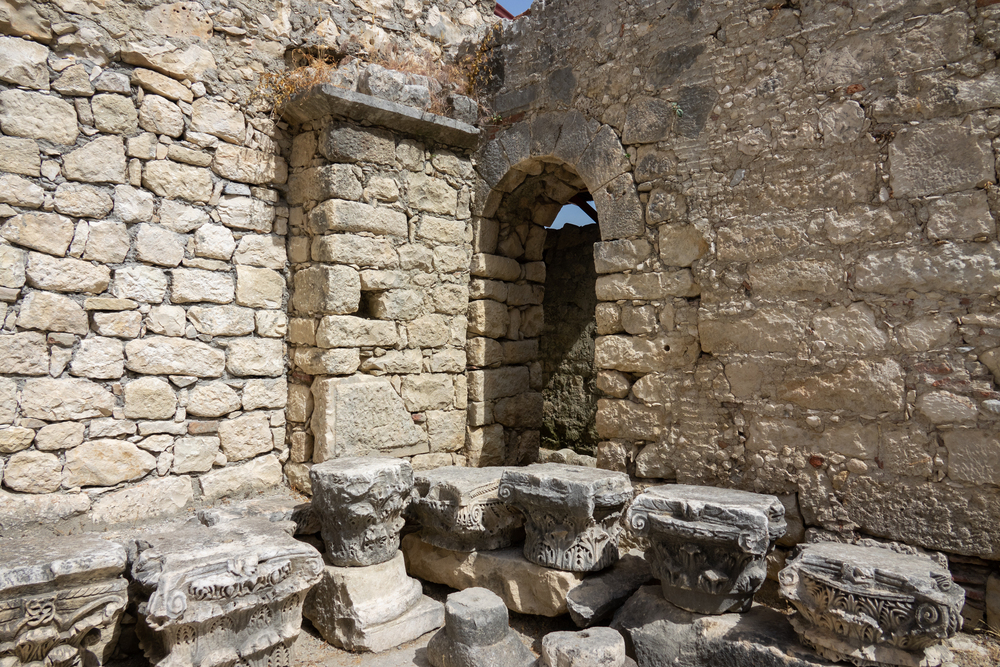
Ancient tourists wrote home about this Greek temple the way we now text about the Eiffel Tower. Its columns were bigger than most modern houses, and its decorations used more gold than some national banks.
Even Alexander the Great couldn’t get anyone to pay attention to him when this temple was in view.
Like Travel Pug’s content? Follow us on MSN.
Lighthouse of Alexandria
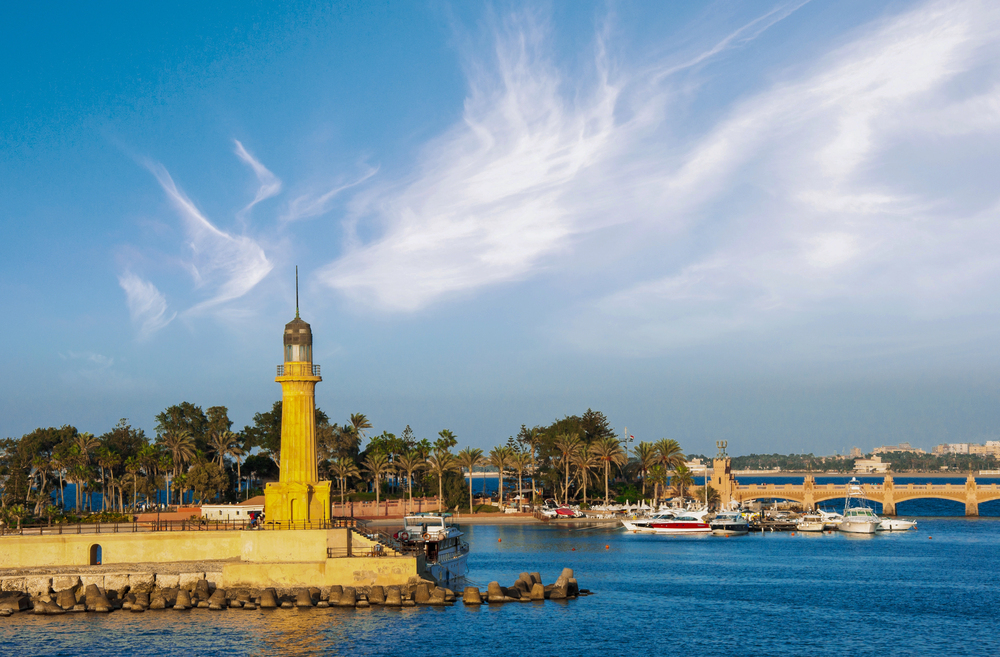
Ships could spot this Egyptian tower from so far away that sailors thought it was a star. People bought tiny models of it the way tourists now buy miniature Eiffel Towers.
Earthquakes finally took it down, but it spent centuries as the ancient world’s favorite selfie spot.
Porcelain Tower of Nanjing
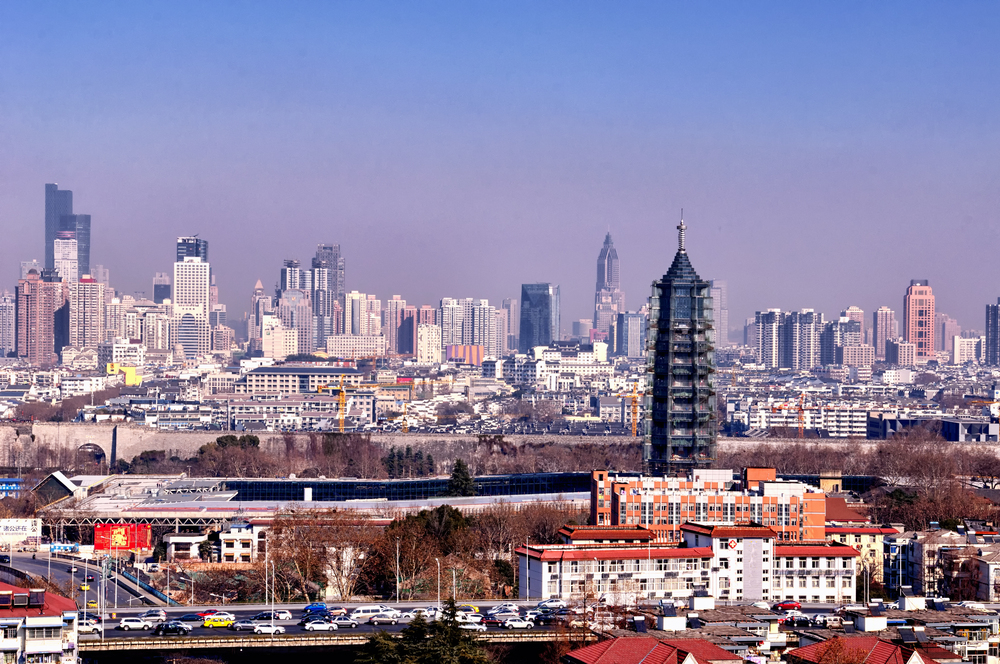
This Chinese pagoda sparkled like a diamond in the sunlight thanks to its white porcelain walls. European travelers wrote books just about this one building, making it more famous than any other Asian landmark.
Its destruction in 1856 made news around the world.
Colossus of Rhodes
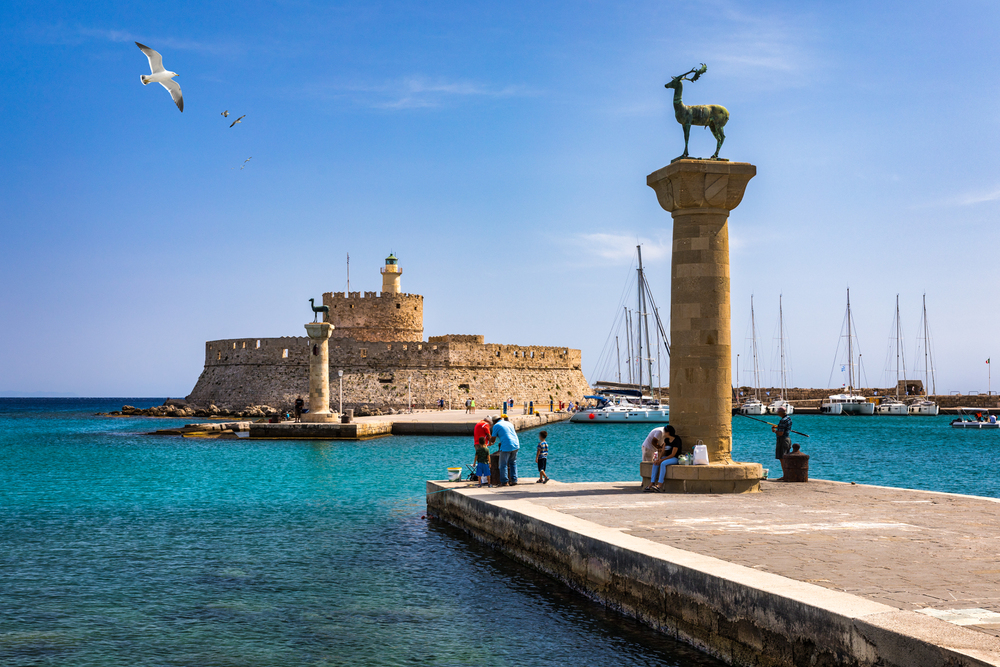
This huge bronze statue had gift shops around it before gift shops were even a thing. Ships sailed extra days just to pass beneath it, and everyone who saw it sent letters home about how small it made them feel.
The Eiffel Tower would later copy its ‘giant landmark by the water’ fame.
Like Travel Pug’s content? Follow us on MSN.
Penn Station

New York’s original Penn Station made Grand Central look modest. Pink granite columns larger than redwood trees welcomed visitors into spaces bigger than most cathedrals.
Its destruction in 1963 created America’s preservation movement and changed how cities protect their landmarks.
Palmyra’s Temple of Bel
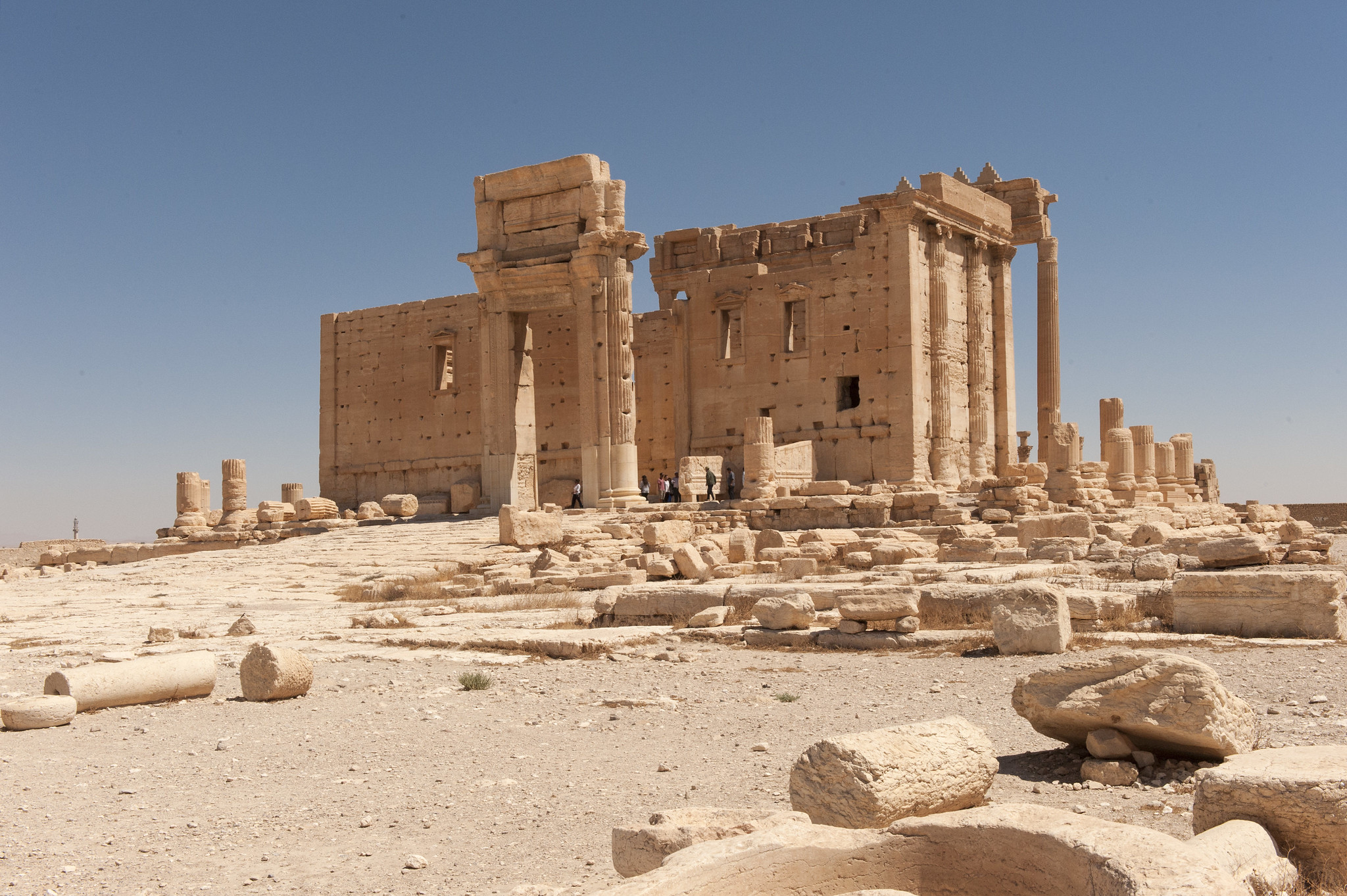
This Syrian temple mixed Roman and Middle Eastern styles in ways that made other ancient buildings look boring. Traders changed their routes just to stop and see it, while rulers from different empires worked together to protect it.
Even the desert couldn’t bury its fame until recent conflicts damaged it.
Forum of Trajan
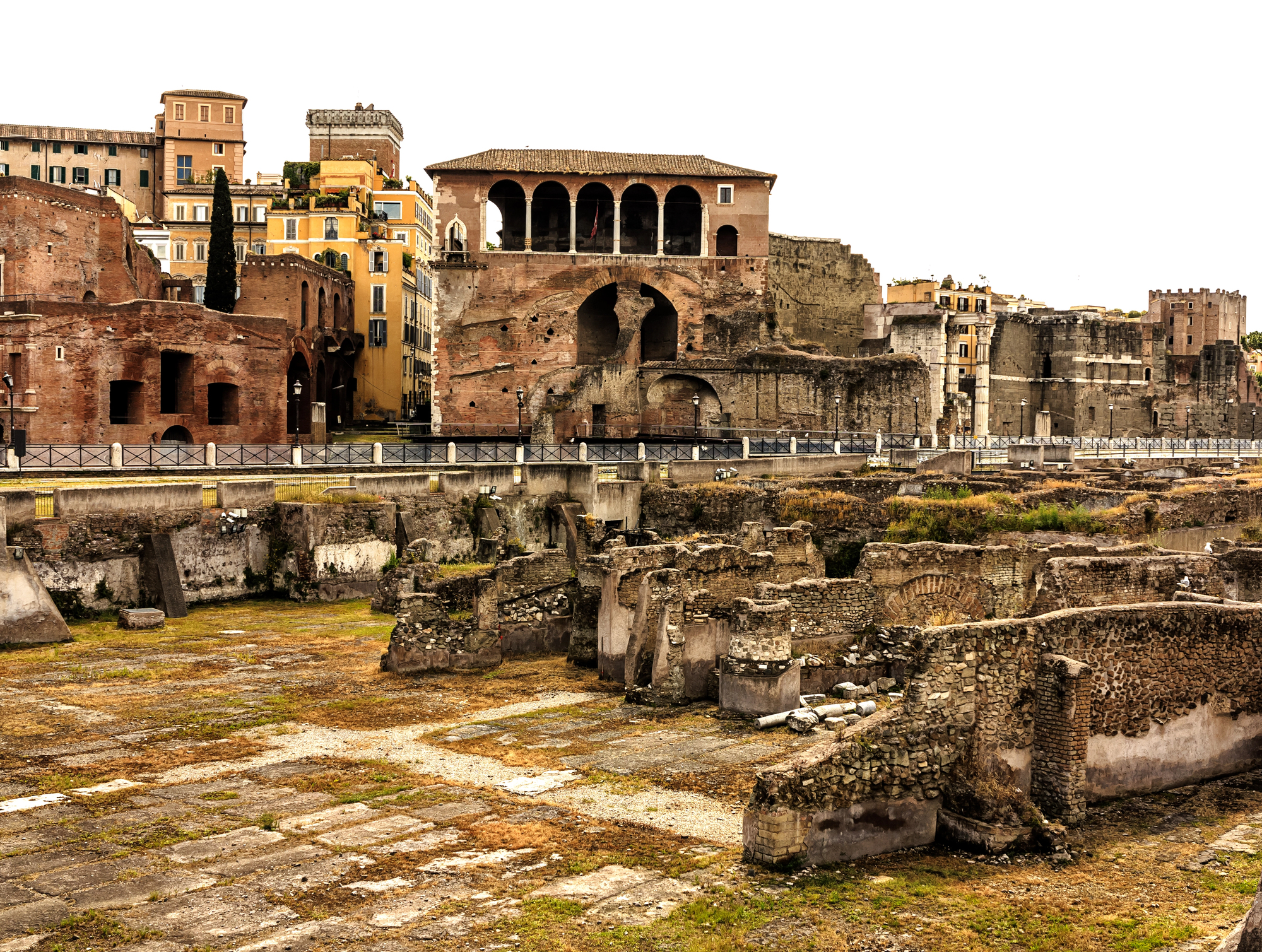
Rome’s grandest square made other city centers look like parking lots. Gold covered every surface that marble didn’t, and even enemy armies stopped fighting to admire it.
Medieval Europeans thought stories about its size and beauty were made up until they saw the ruins.
Like Travel Pug’s content? Follow us on MSN.
Hanging Gardens of Babylon
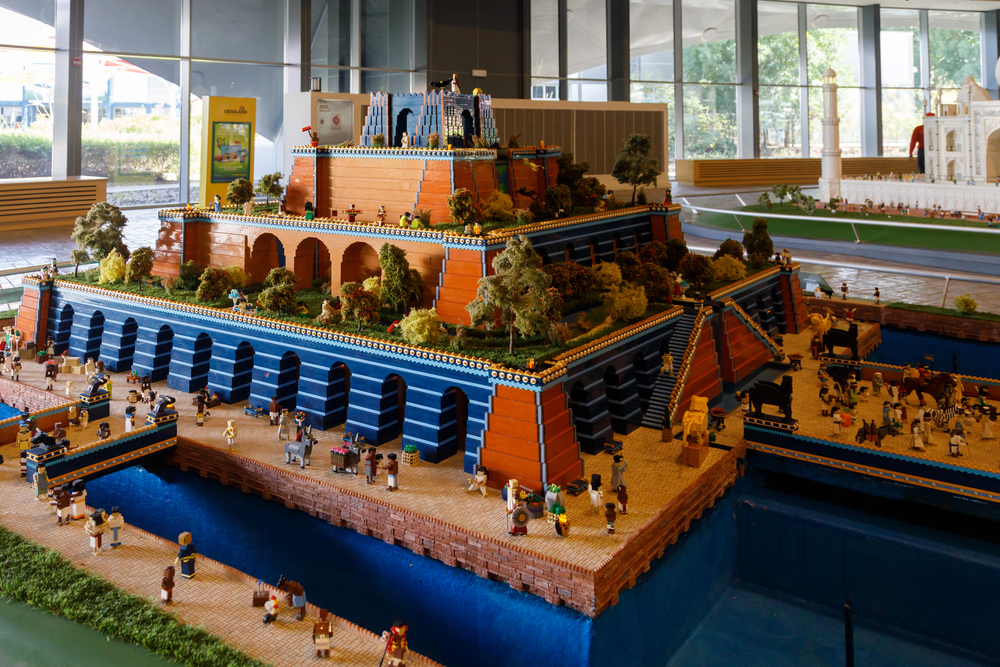
Ancient Iraq had this engineering marvel that made visitors question gravity. Green plants cascaded down massive walls while water flowed uphill through hidden pipes.
People argued about how it worked but agreed nothing else came close to its beauty.
Cohokia Mounds
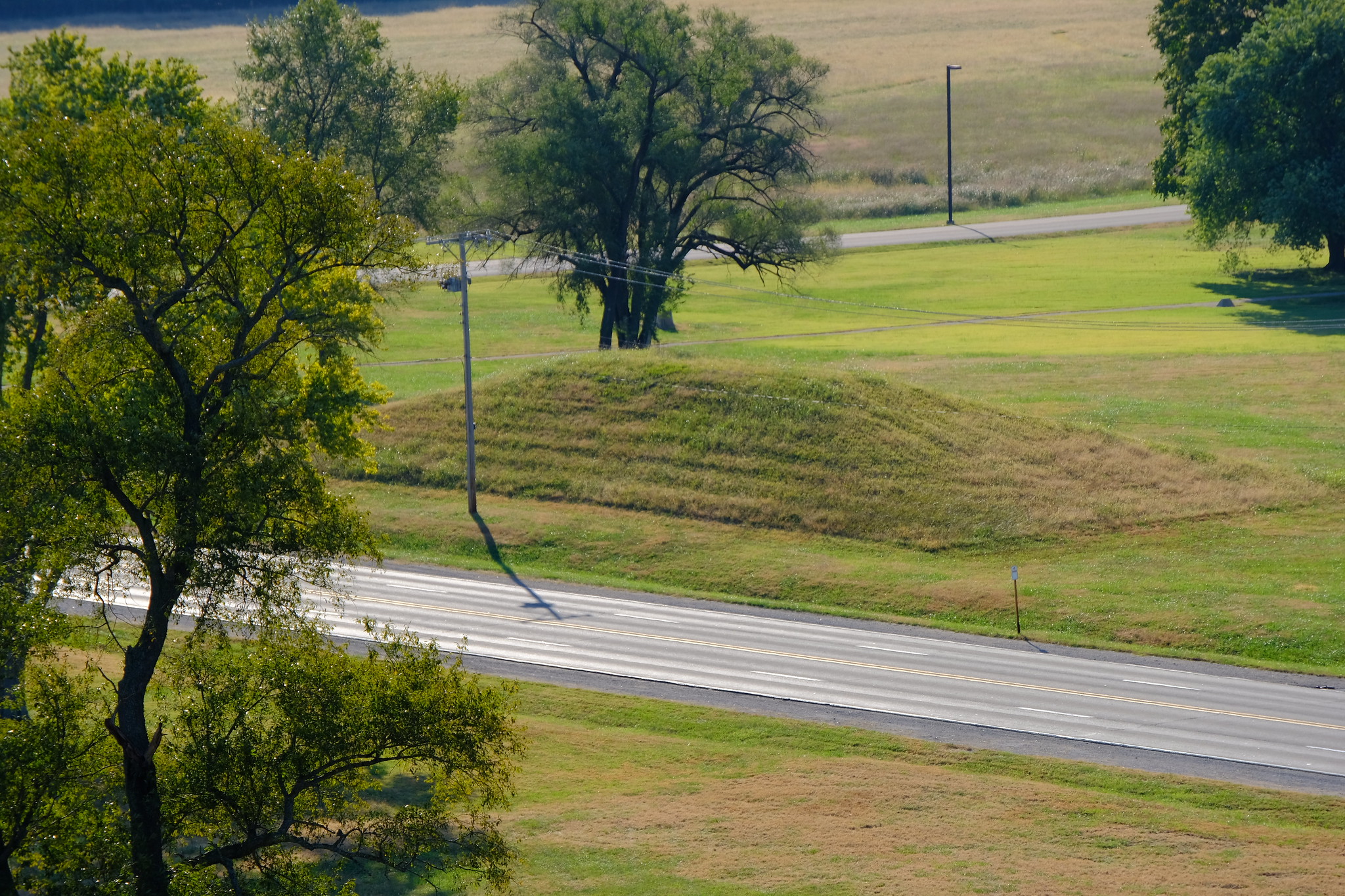
America’s first skyscrapers spread across Illinois in a city bigger than London was then. Native Americans built pyramids that rivaled Egypt’s, creating a skyline that amazed European explorers.
The site had more people than Paris would have for several hundred years.
Circus Maximus
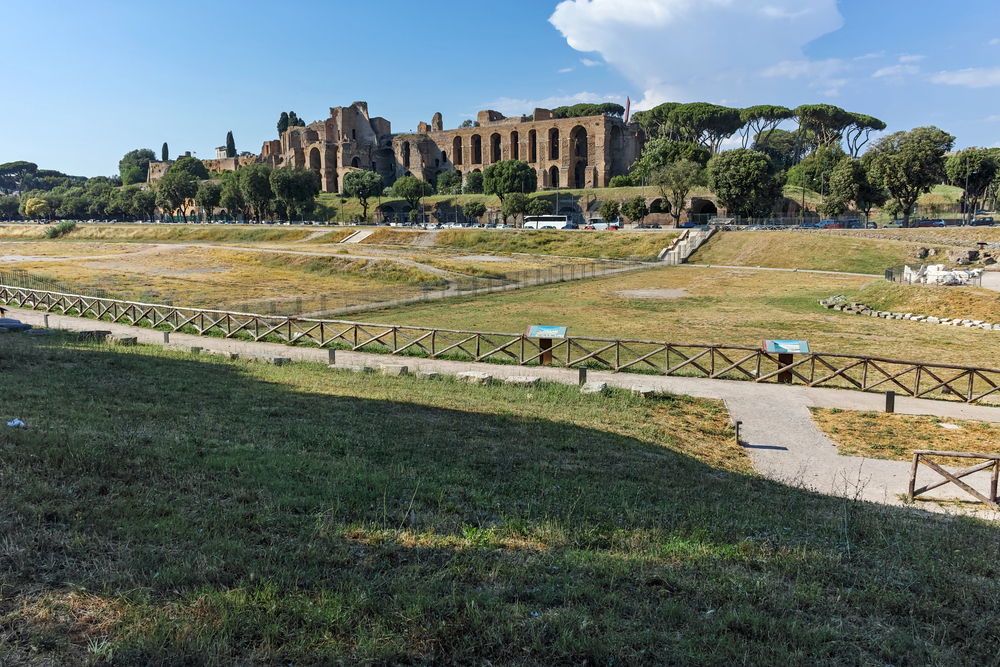
Rome’s greatest stadium could hold more people than any building made before the 20th century. Chariots raced where modern cars couldn’t fit, and the crowd noise could be heard from miles away.
Every other ancient arena copied it but never matched its fame.
Like Travel Pug’s content? Follow us on MSN.
Ephesus Library

This Turkish building showed off wealth through books instead of gold. Its clever design tricks made it look bigger on the outside while keeping scrolls safe from humidity inside.
Ancient tourists wrote more about this library than about many temples.
Ctesiphon Arch
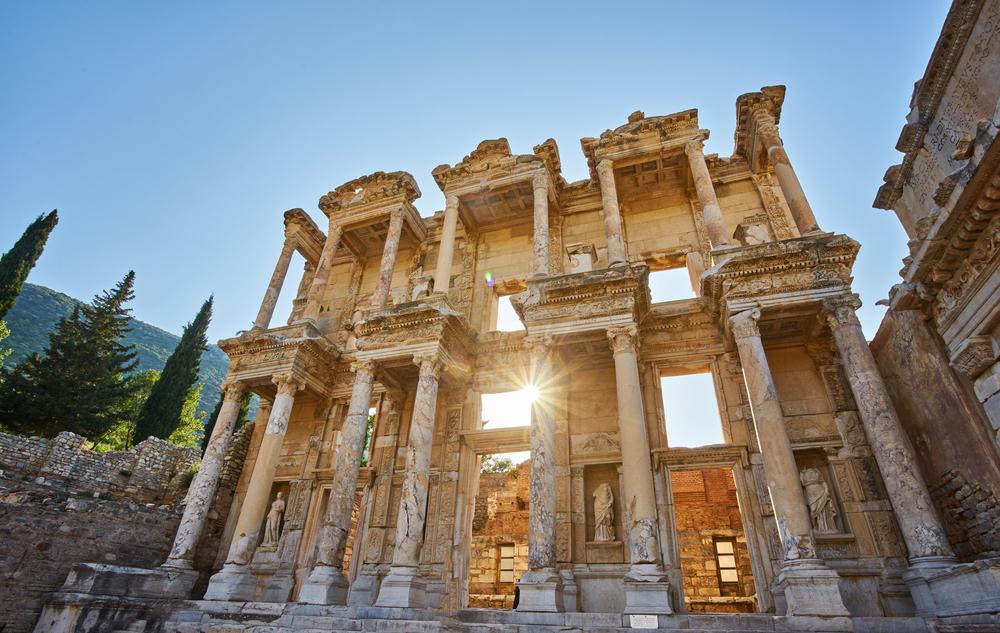
Persian engineers built the ancient world’s largest brick arch without using any cement. People traveled across deserts just to stand under its curve and wonder how it stayed up.
Even today, its remaining piece makes visitors stop and stare.
Angkor Thom
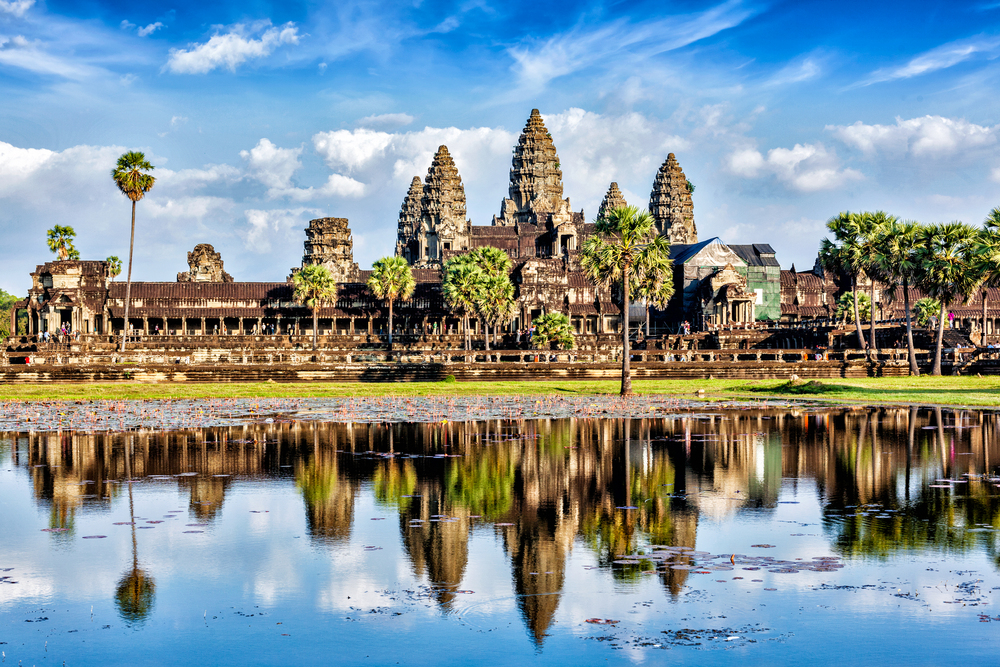
This Cambodian city had face-towers that watched visitors from every direction. Its walls were longer than marathon routes, and its temples put gold-covered pyramids to shame.
European visitors thought stories about it were fairy tales until they saw it themselves.
Like Travel Pug’s content? Follow us on MSN.
Aztec Templo Mayor

Mexico City’s great pyramid changed colors as you walked up its stairs. Spanish invaders wrote more about this building than about any other thing they found in America.
Even its ruins were too impressive to destroy completely.
Old London Bridge
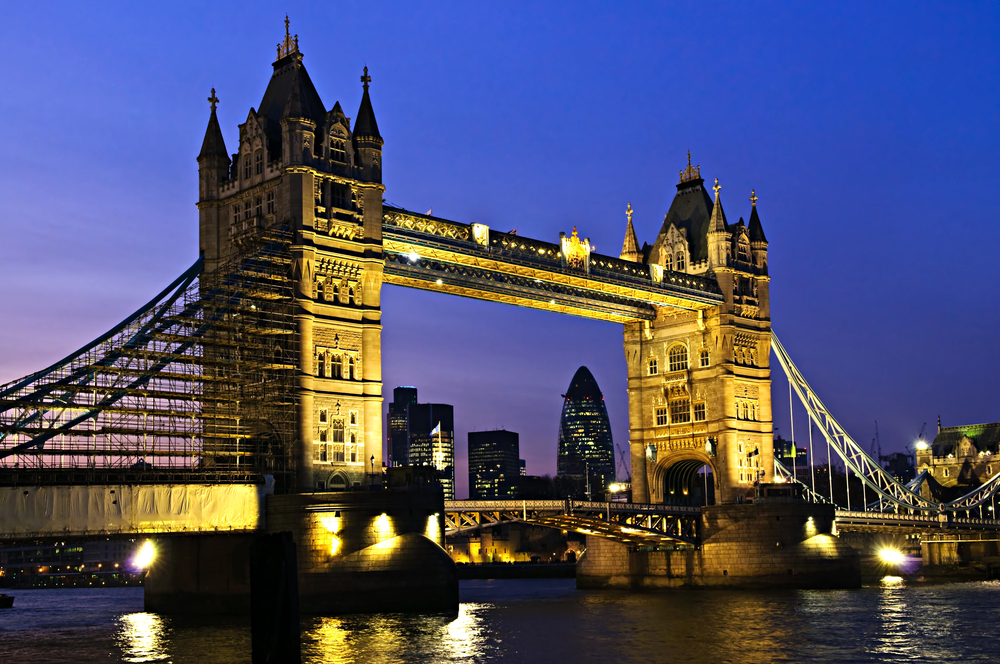
Houses and shops lined this bridge so completely that people forgot they were crossing a river. Its medieval towers saw more daily visitors than most castles, and its shops made more money than some cities.
Everyone copied it, but no other bridge matched its fame.
Great Stupa at Sanchi
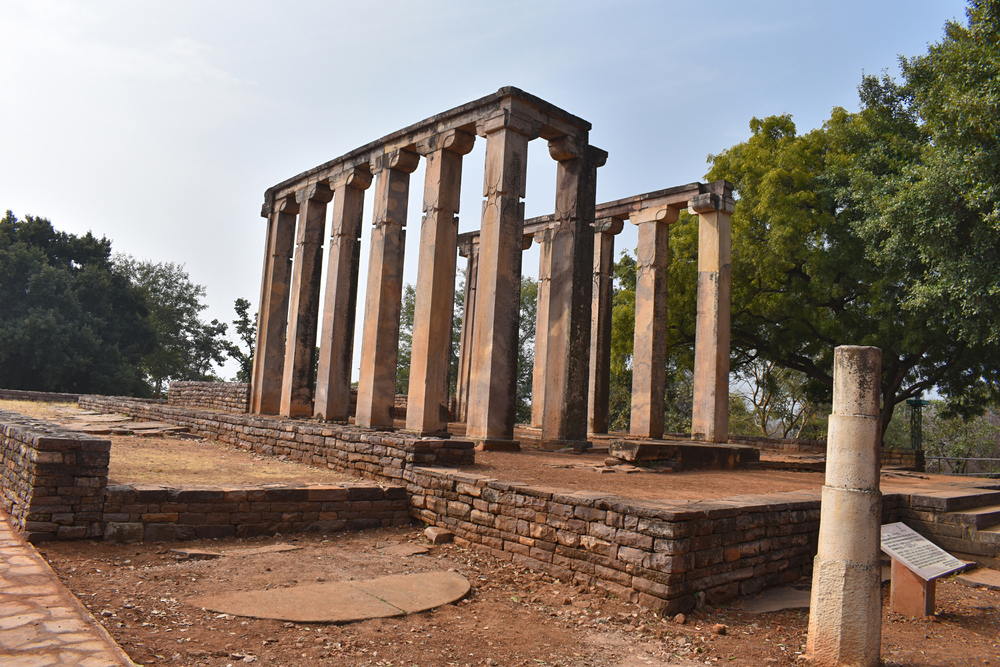
This Indian monument taught other countries how to build Buddhist temples. Its stone gates told stories better than books could, and pilgrims wore paths deep into rock while walking around it.
It wrote the rules that religious buildings would follow for centuries.
Like Travel Pug’s content? Follow us on MSN.
Great Zimbabwe
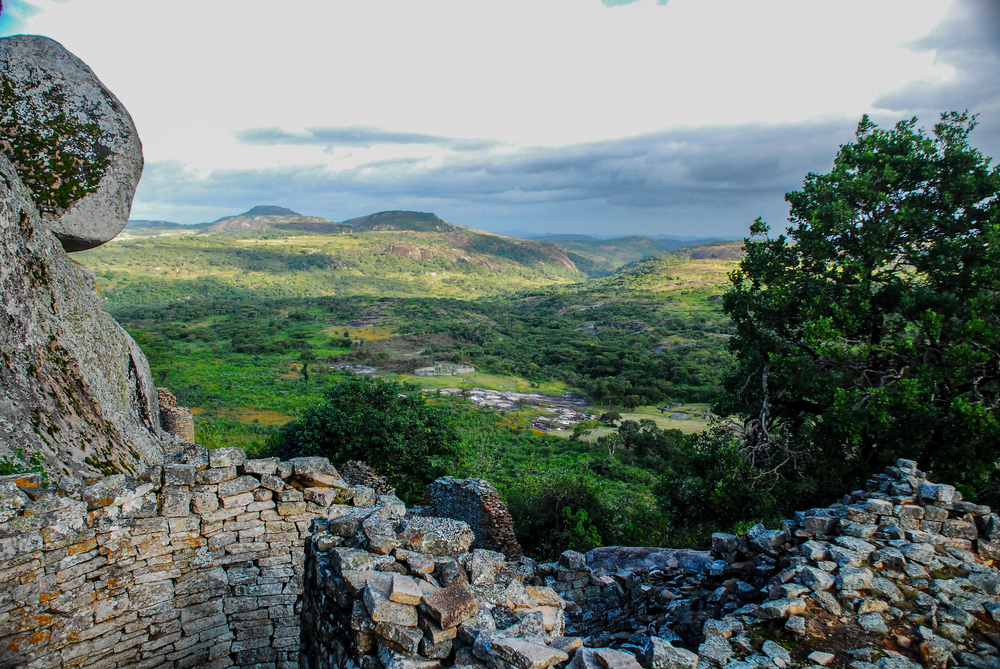
African builders created walls that European experts refused to believe Africans could make. Its towers stayed mysterious even after people mapped the moon.
Travelers spread stories about this city of stone that sounded like science fiction to other builders.
Taxila University
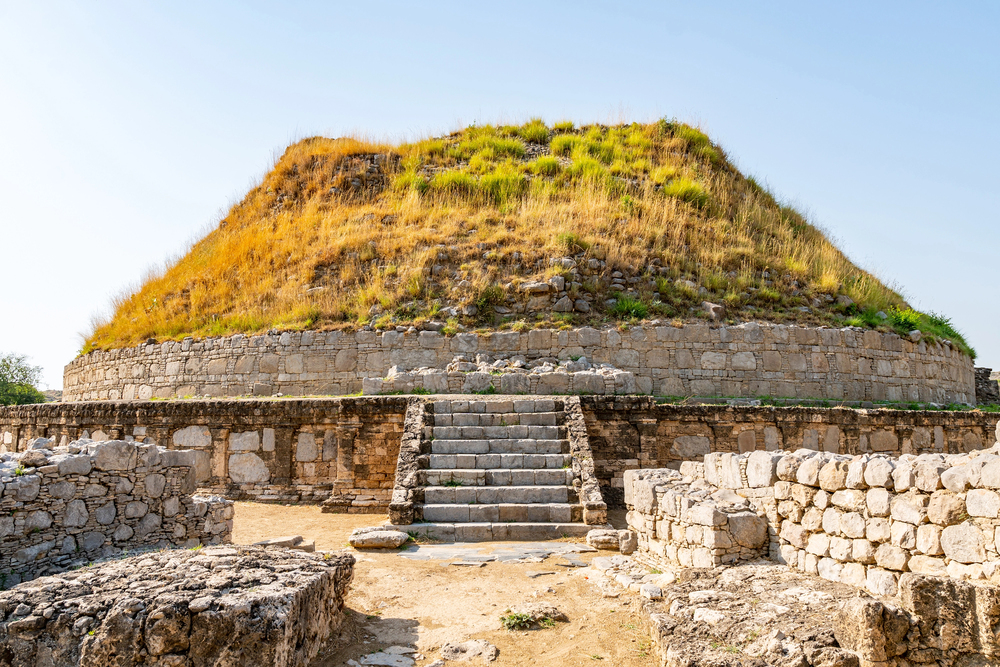
Pakistan had this ancient center of learning that attracted students from three continents. Its halls held more knowledge than the famous Library of Alexandria. Teachers there wrote books that people still study today.
Karakorum
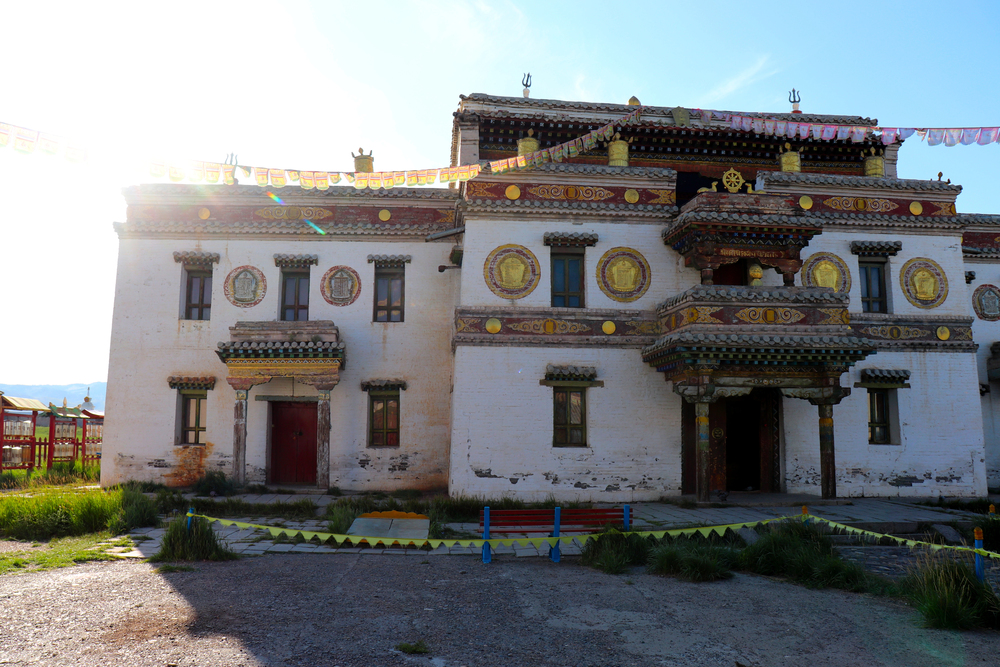
Mongolia’s ancient capital mixed Chinese, Persian, and European styles into something entirely new. Its silver tree fountain served different drinks from silver lions’ mouths, amazing visitors from around the world.
Marco Polo made it famous in Europe, but few remember it now.
Like Travel Pug’s content? Follow us on MSN.
When Fame Fades
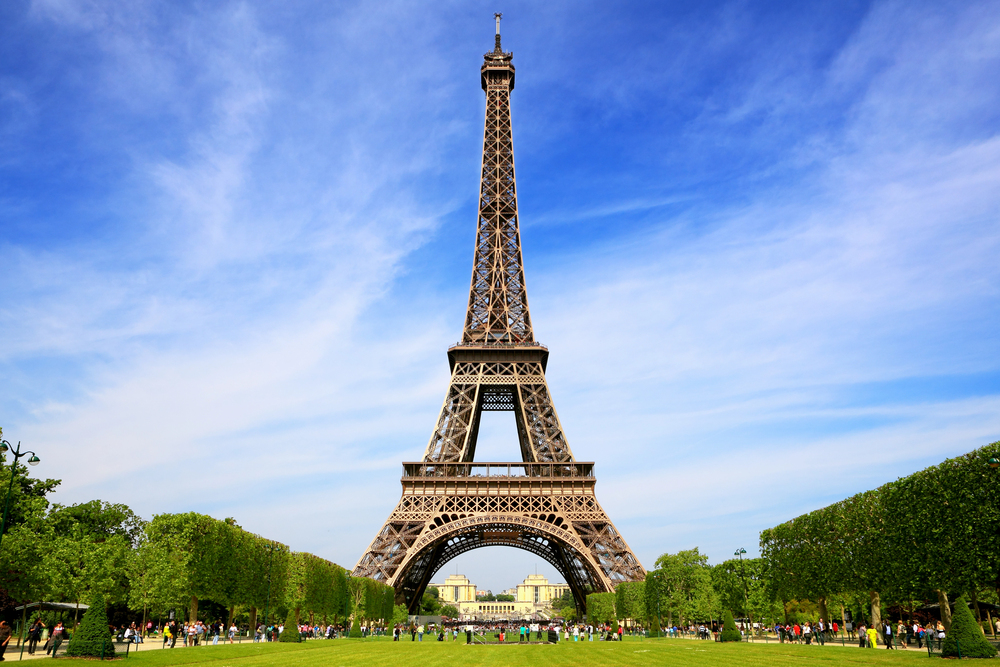
These places remind us that being famous doesn’t last forever. While millions now line up to photograph the Eiffel Tower, these landmarks teach us that what we consider unmissable today might be forgotten tomorrow.
Their stories show us that great buildings can disappear, but the wonder they inspired lives on. Maybe that’s why we keep building new landmarks – we’re trying to recreate the magic these places once had.
More from Travel Pug

- 15 Dangerous European Cities to Avoid
- 15 Caribbean Islands Where Tourists Keep Getting Scammed
- The 20 Most Fascinating Abandoned Places: A Journey Through Time and Forgotten Spaces
- 15 Hidden Places in the Smithsonian Museums Locals Love: A Guide to Lesser-Known Treasures
- 16 Hidden Florida Beach Towns That Aren’t Overrun with Tourists
Like Travel Pug’s content? Follow us on MSN.
